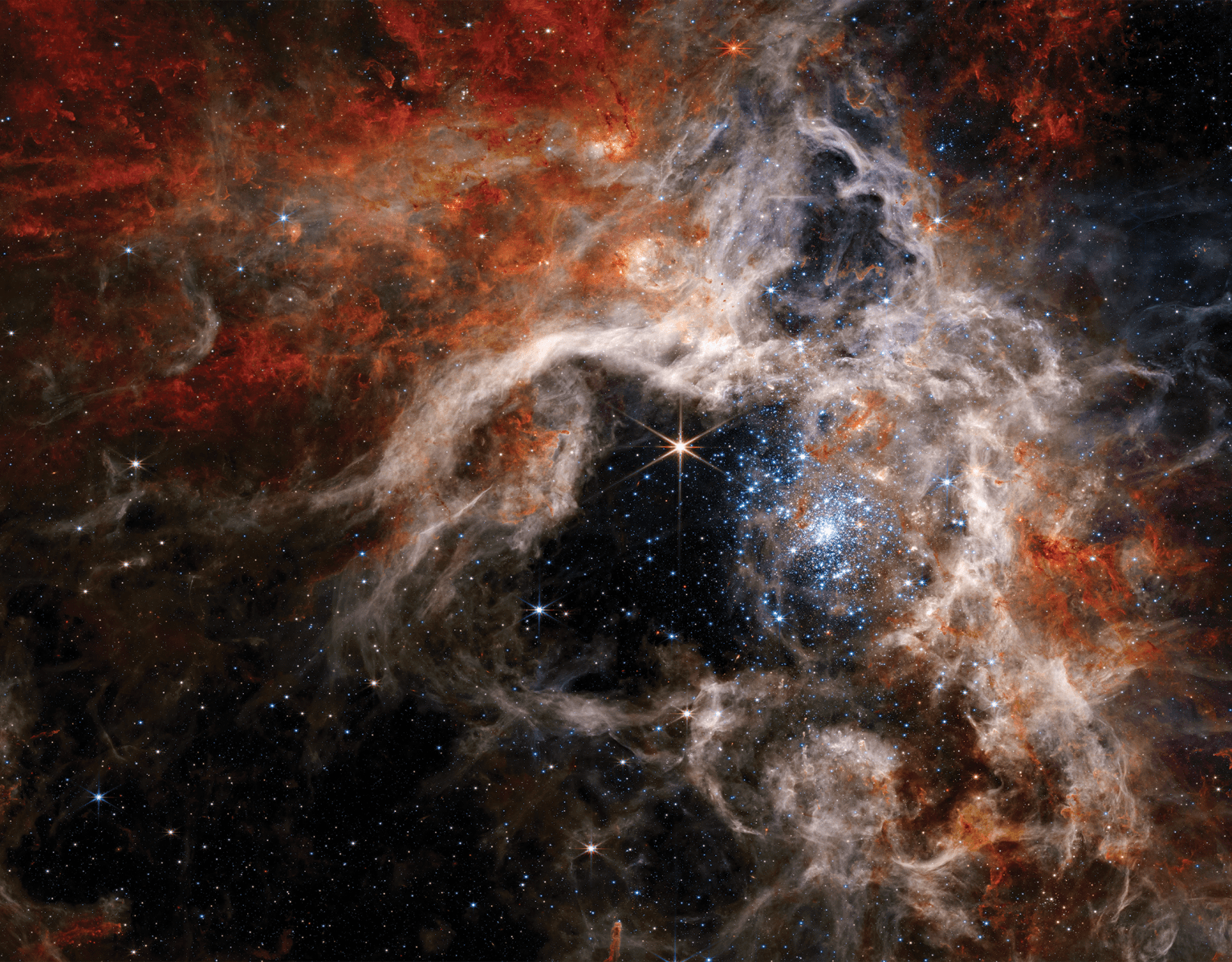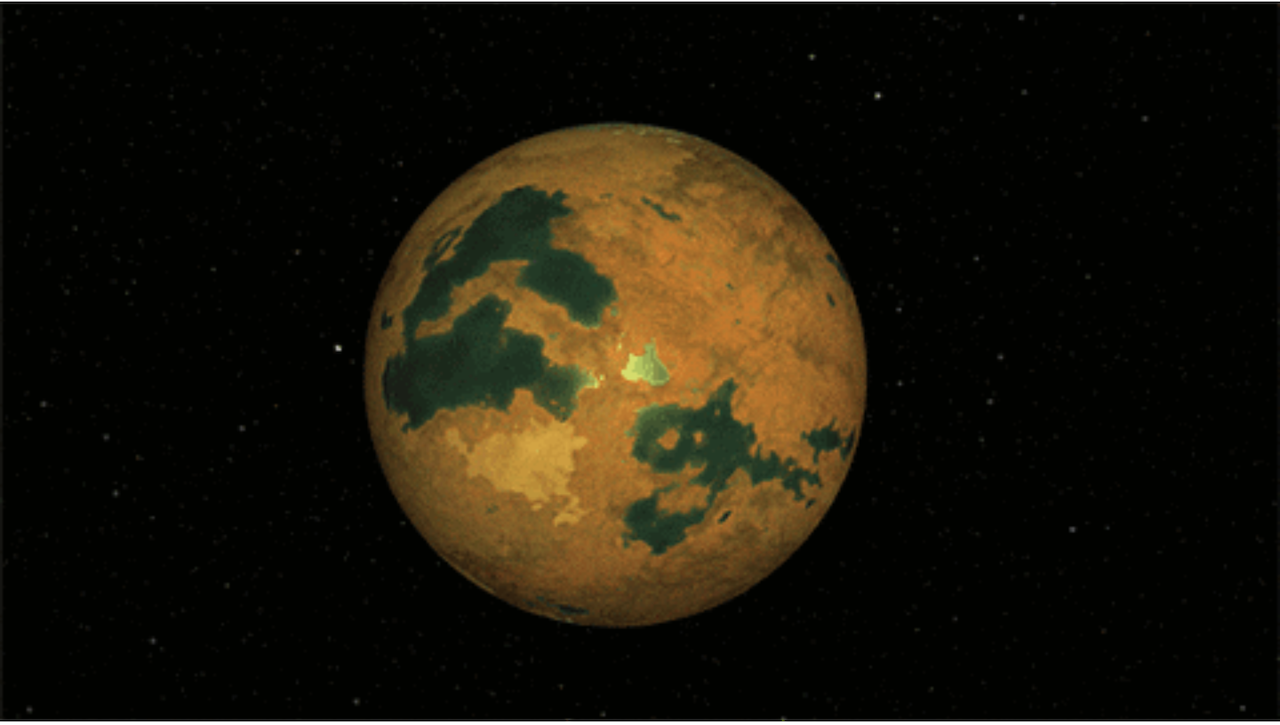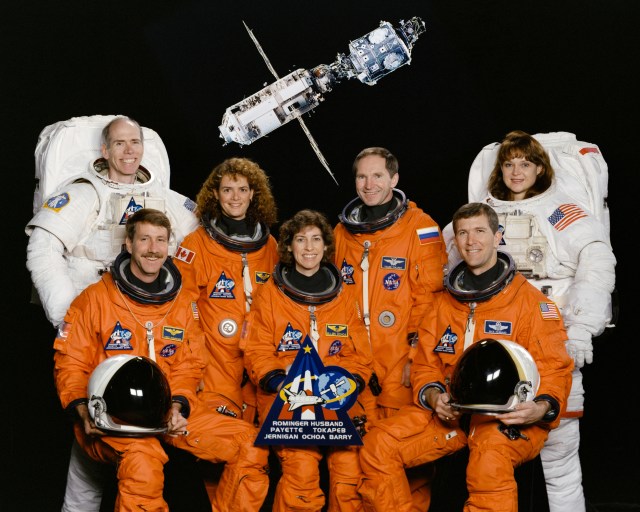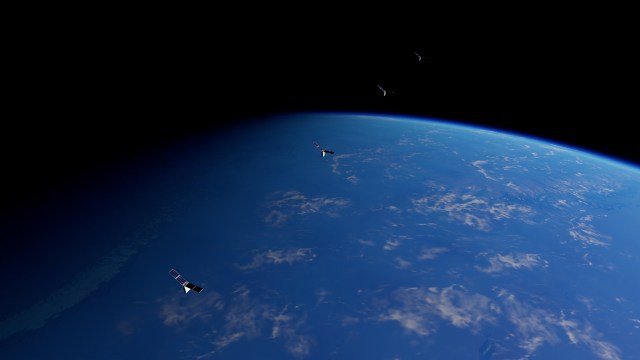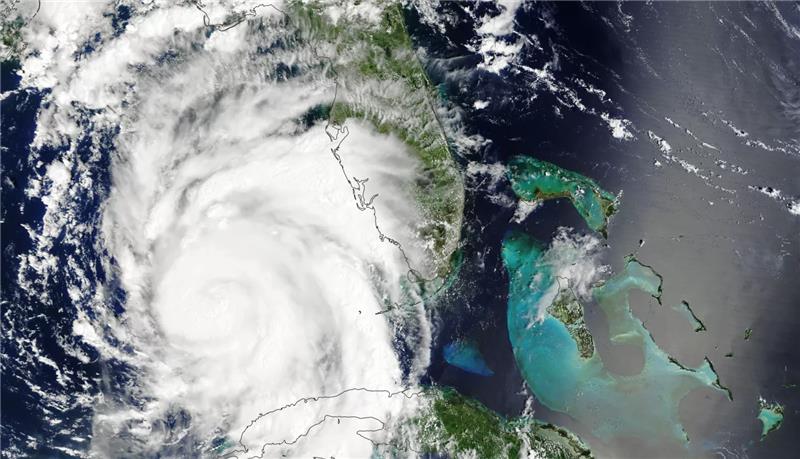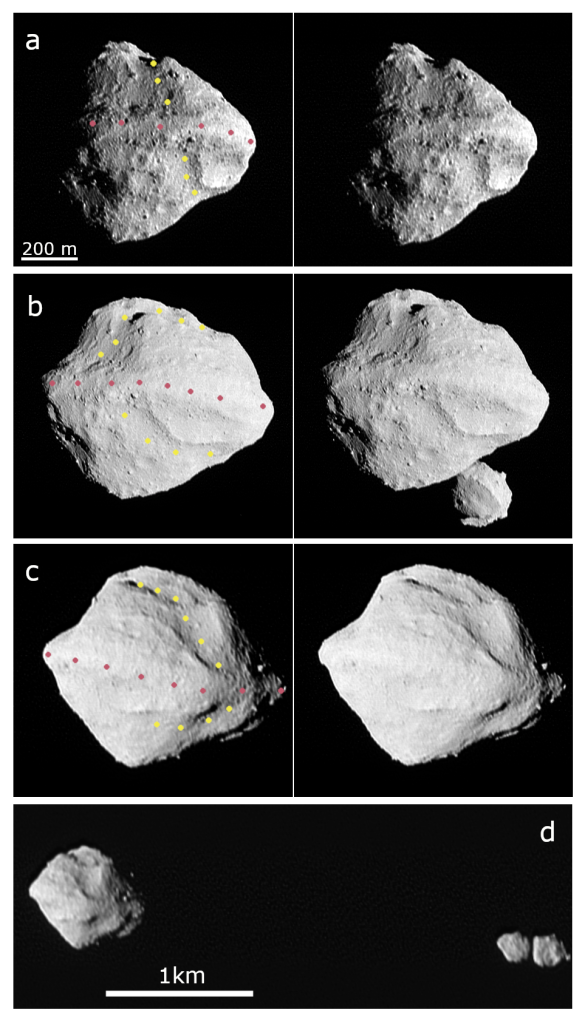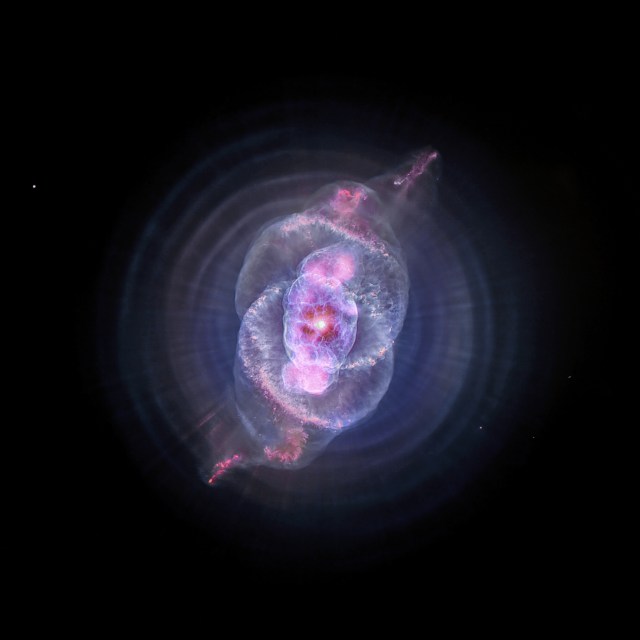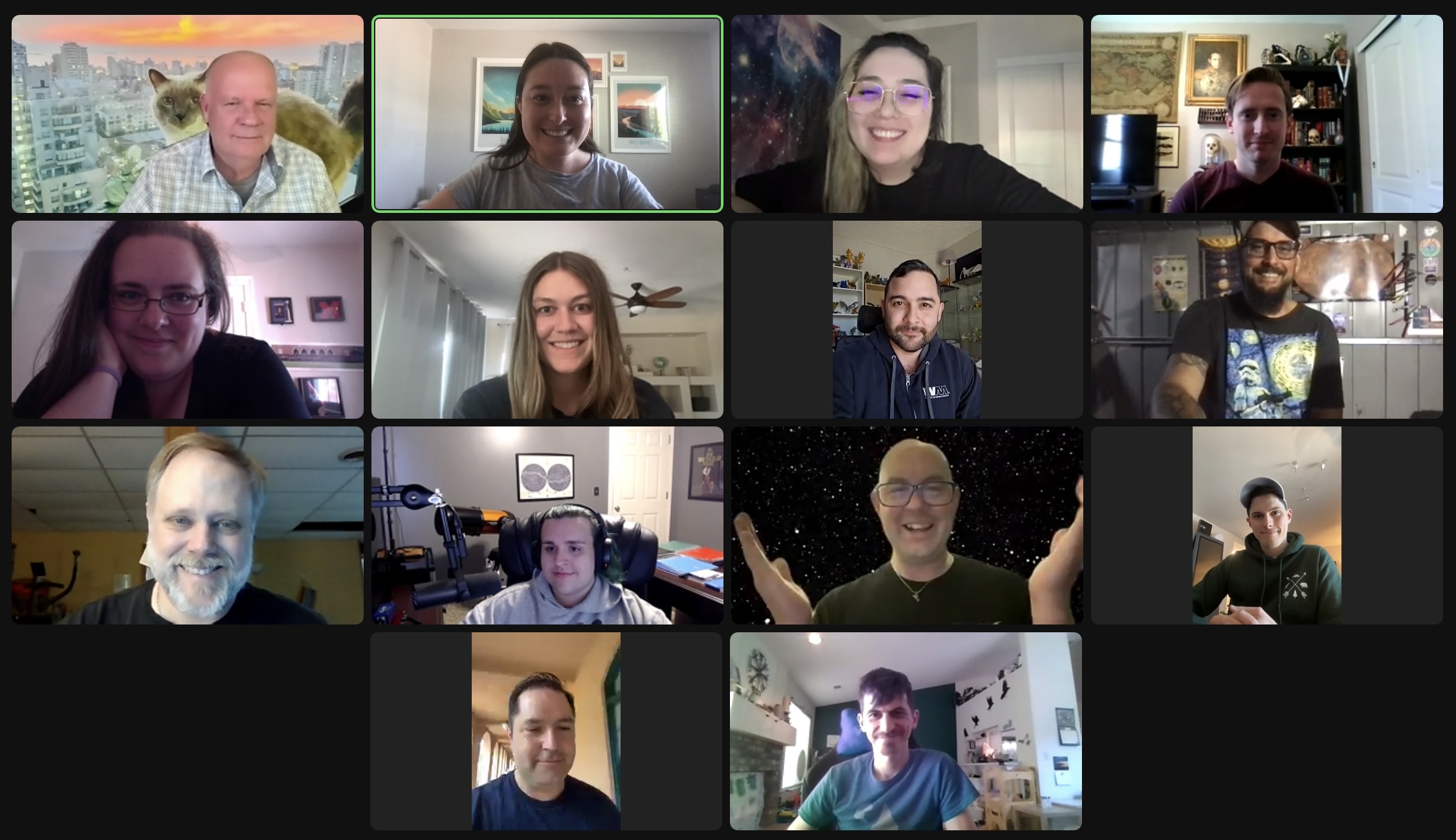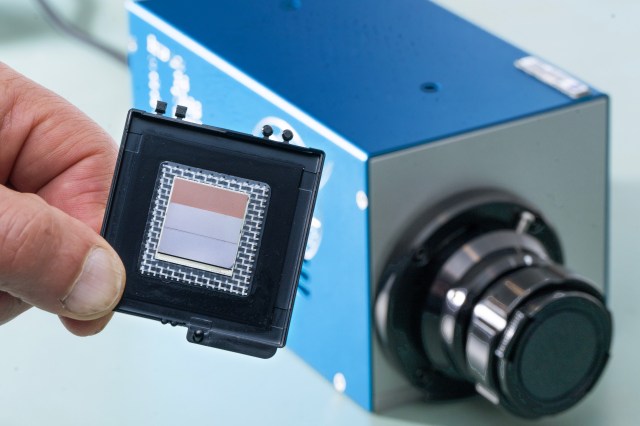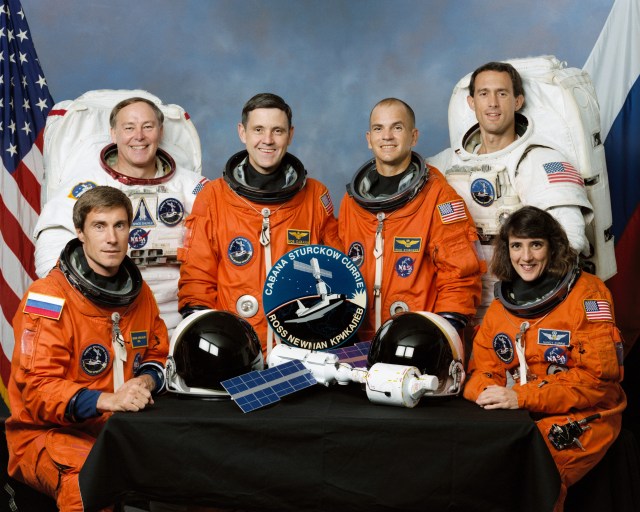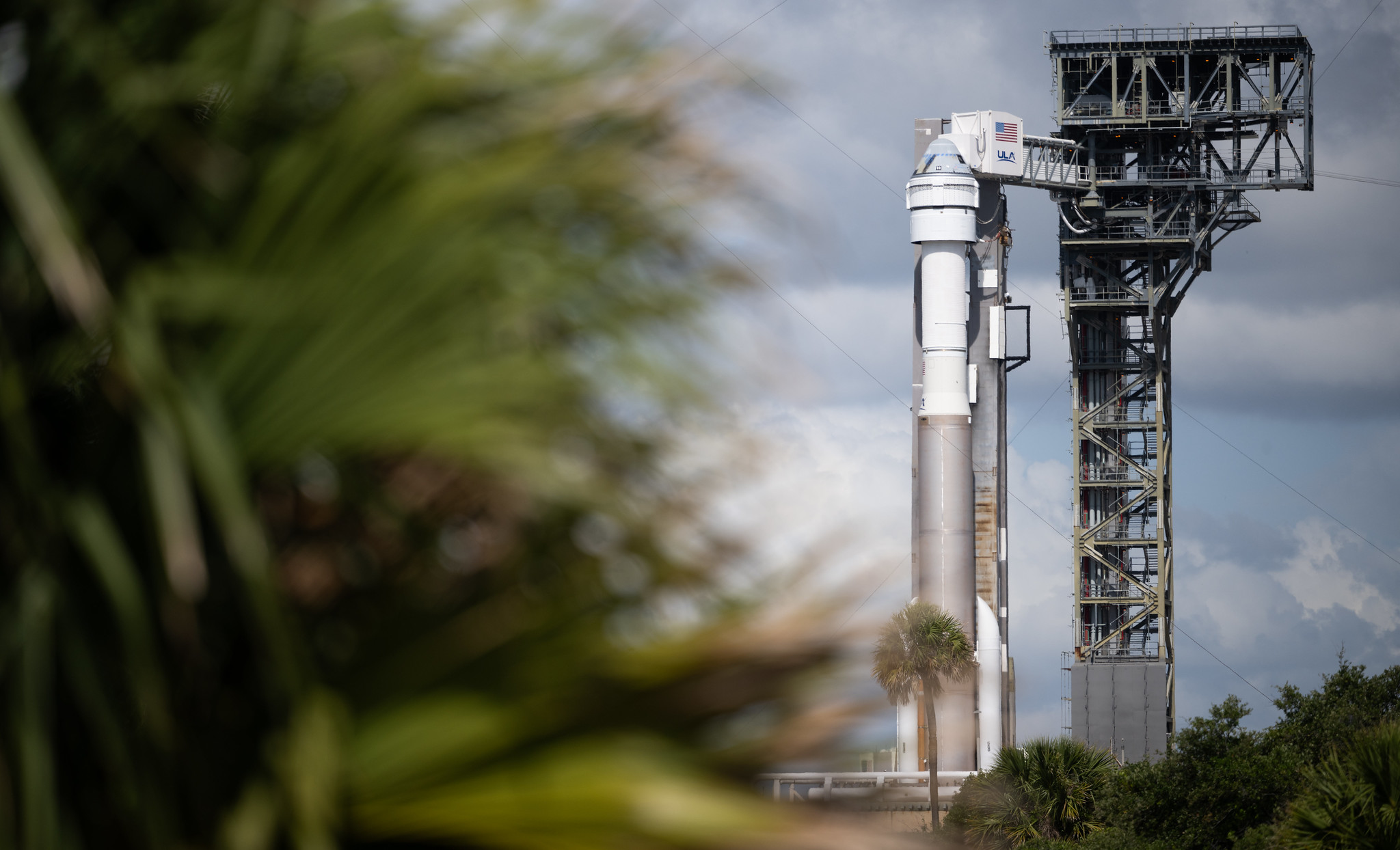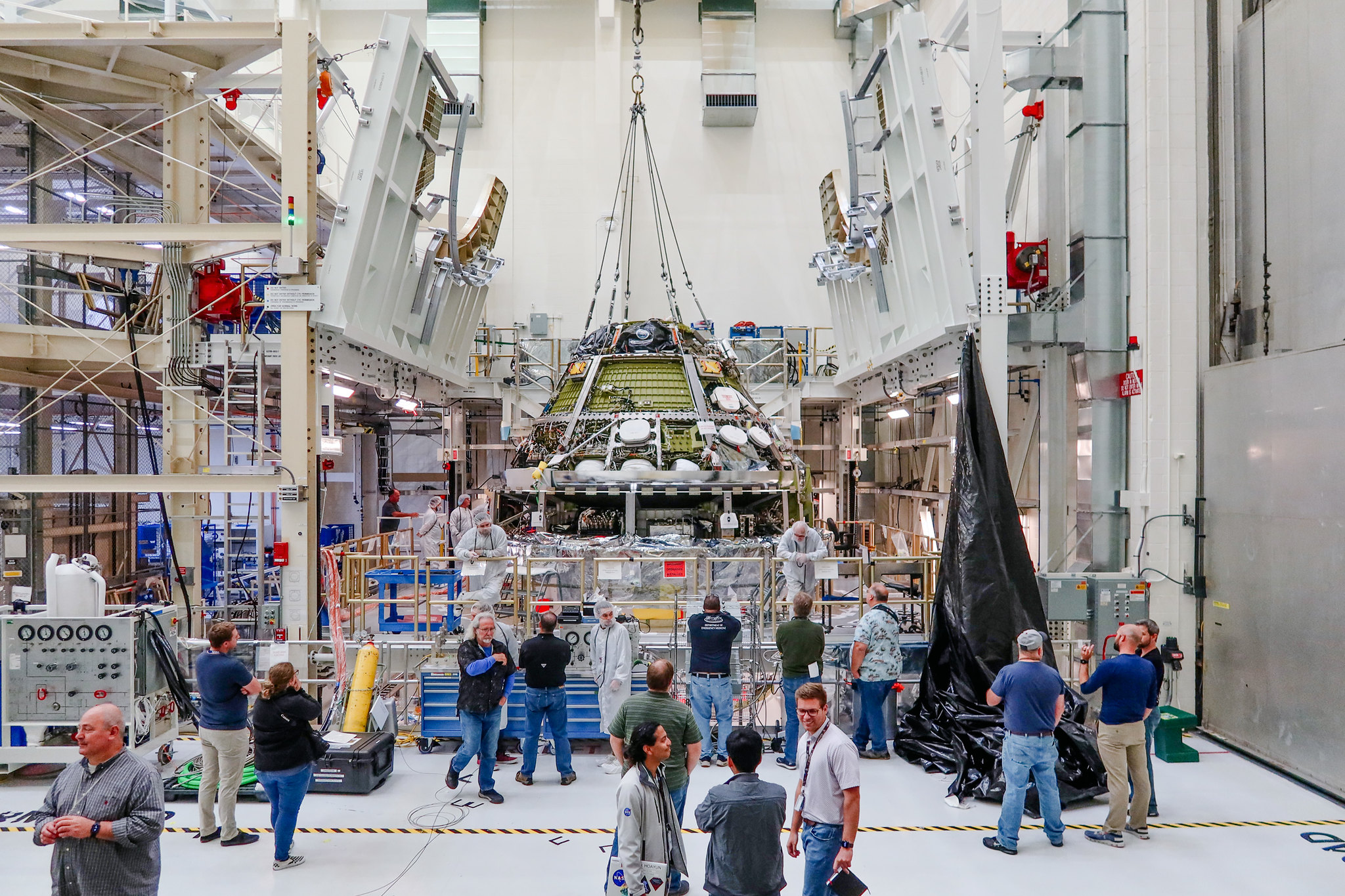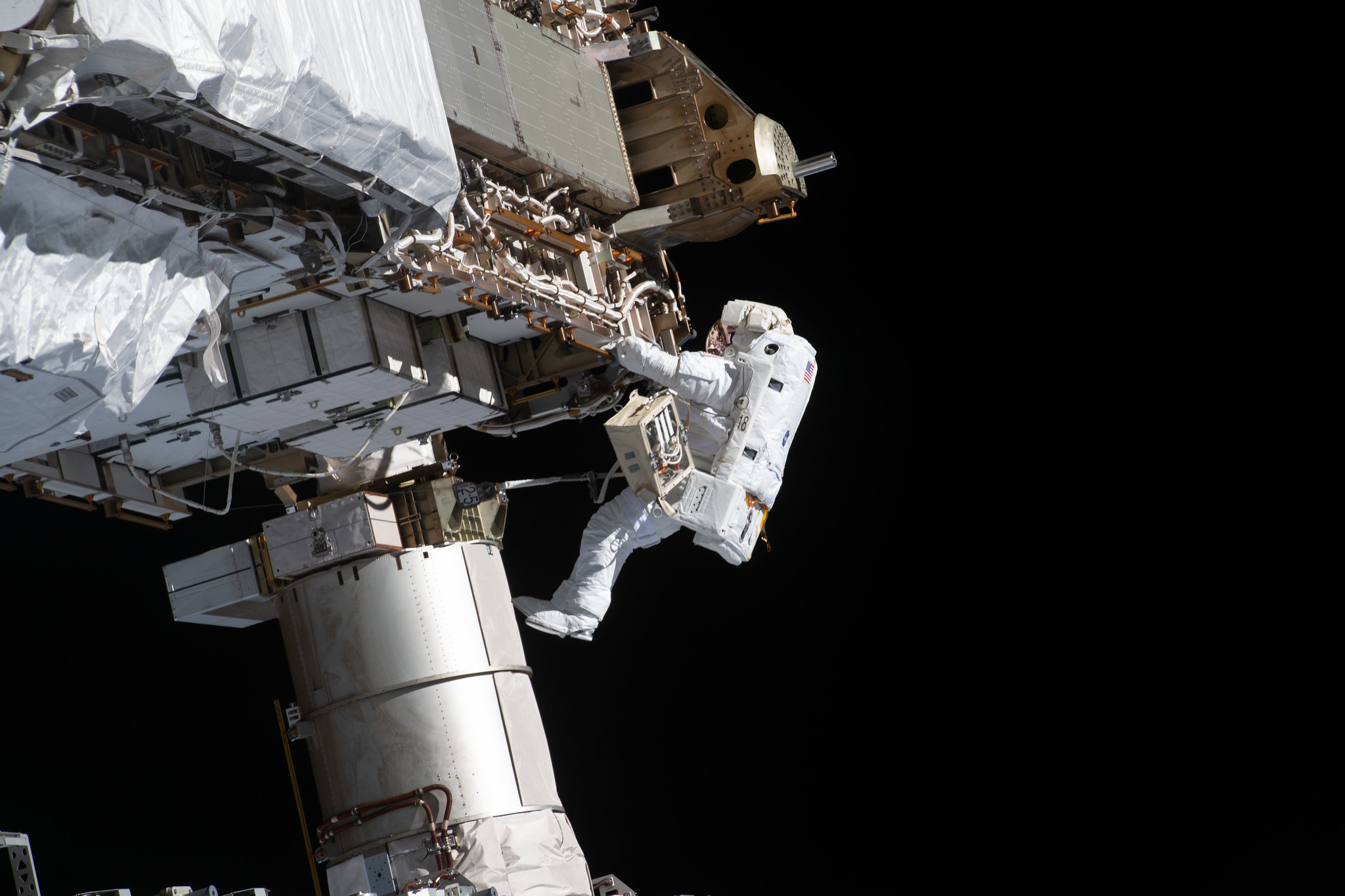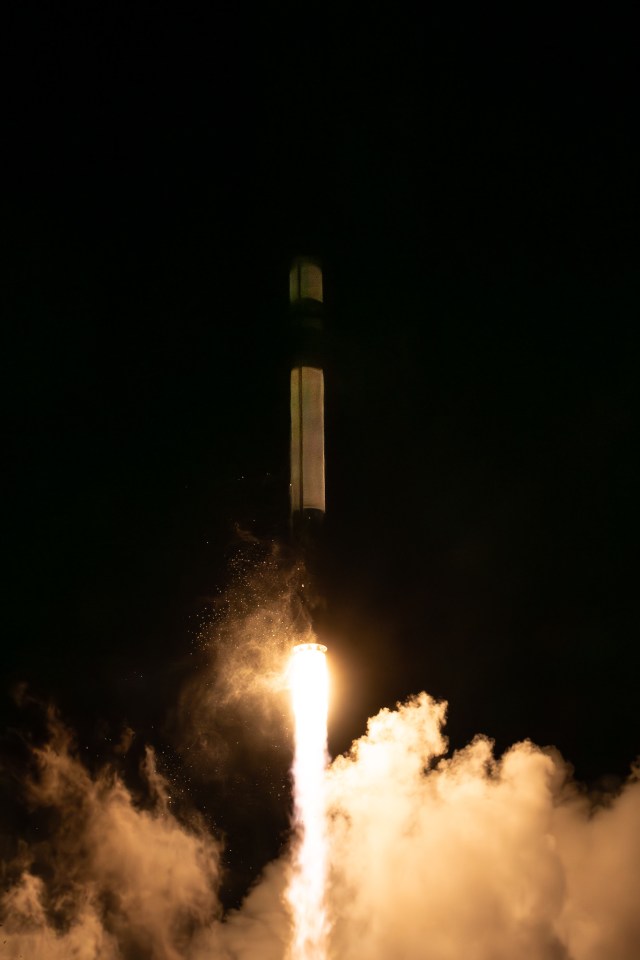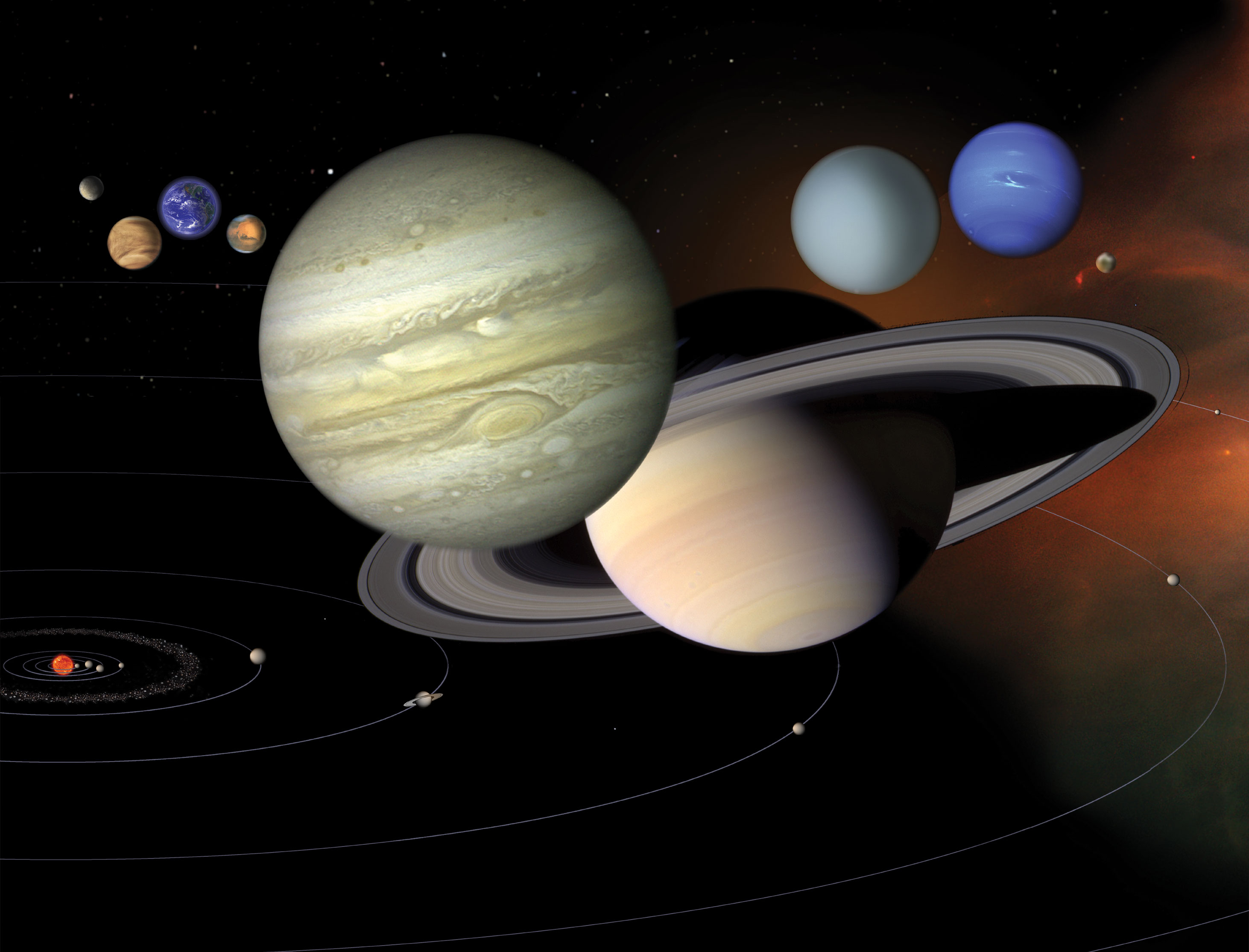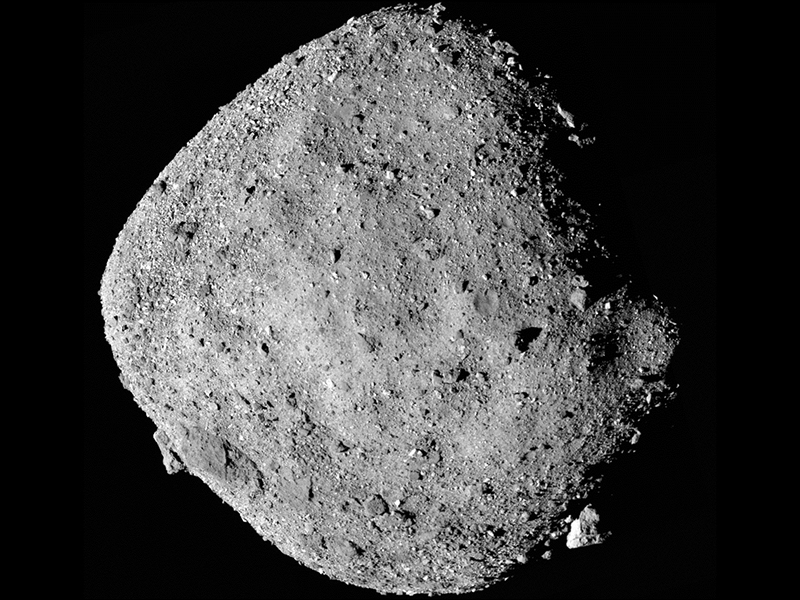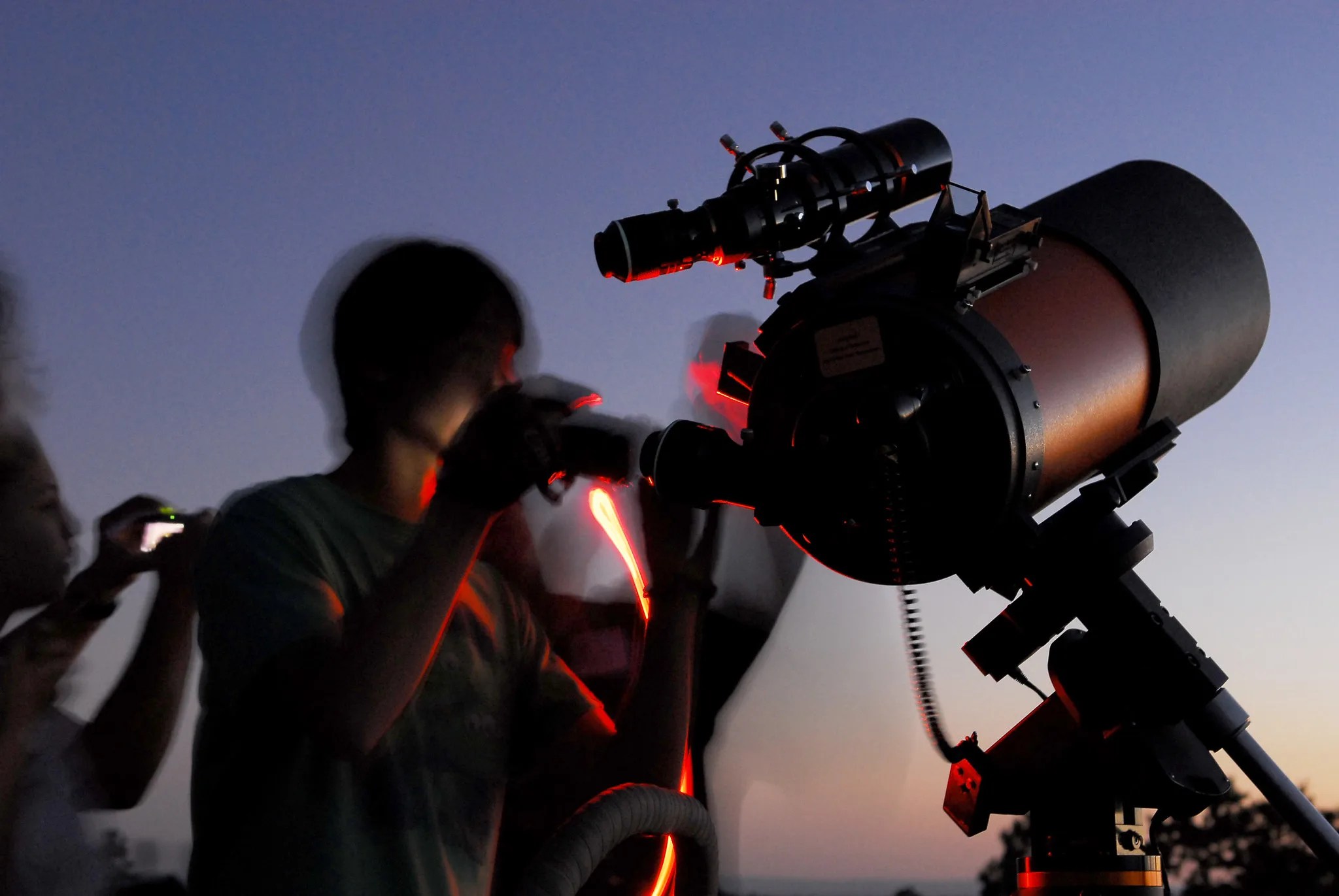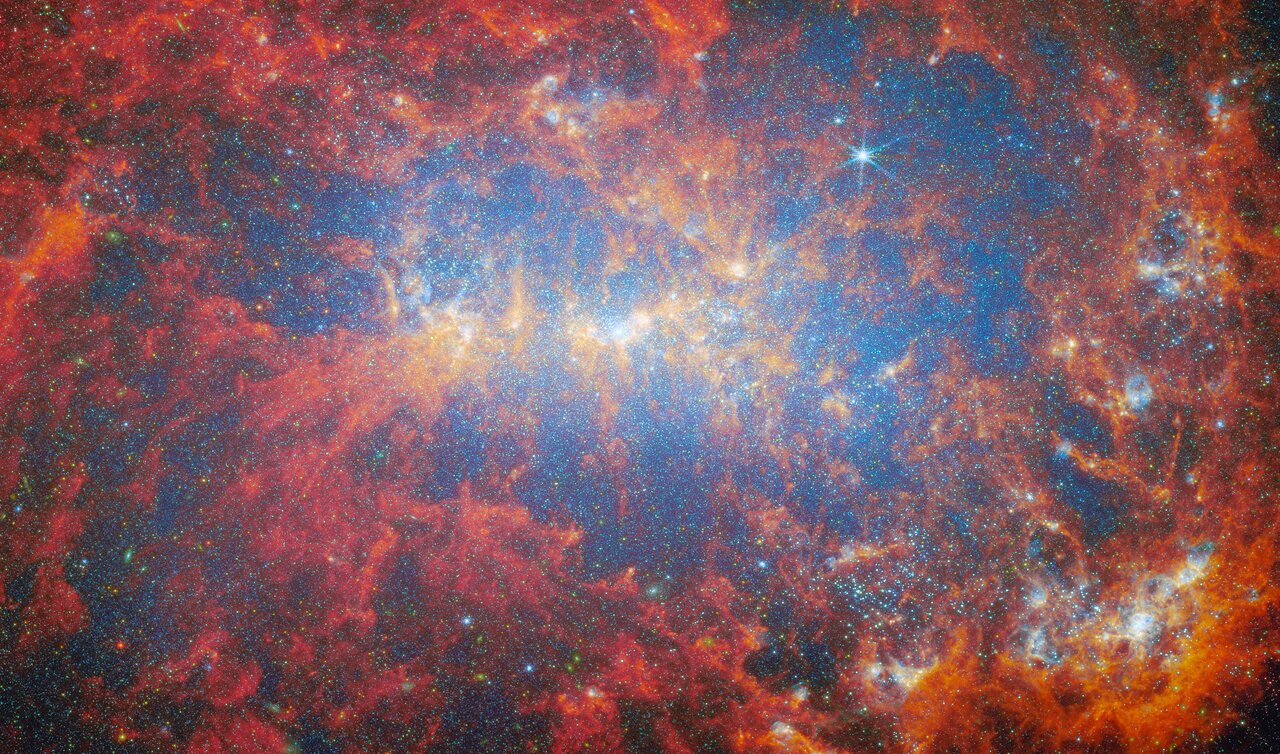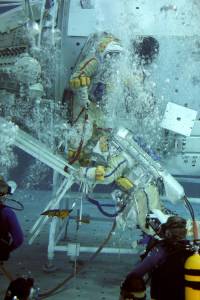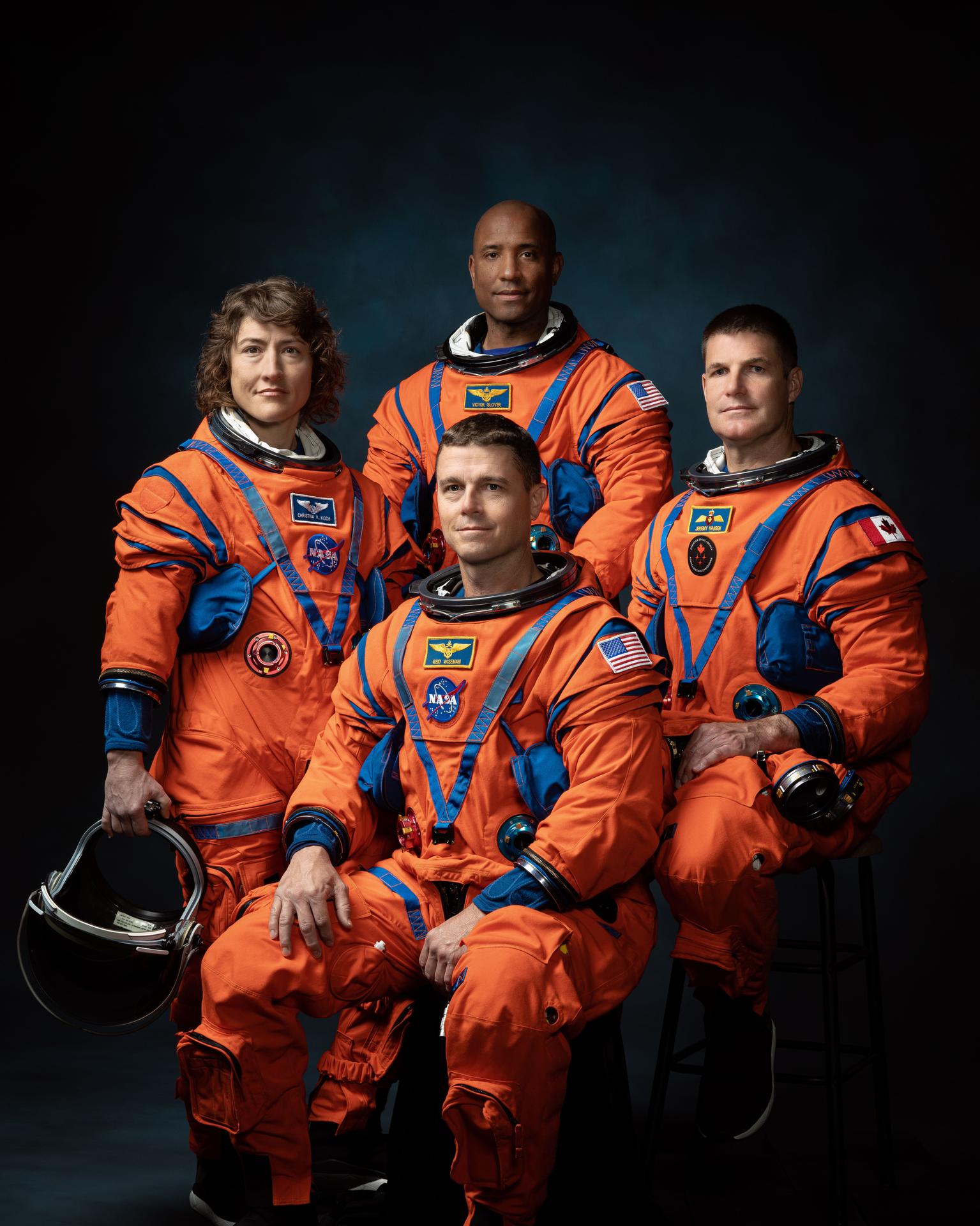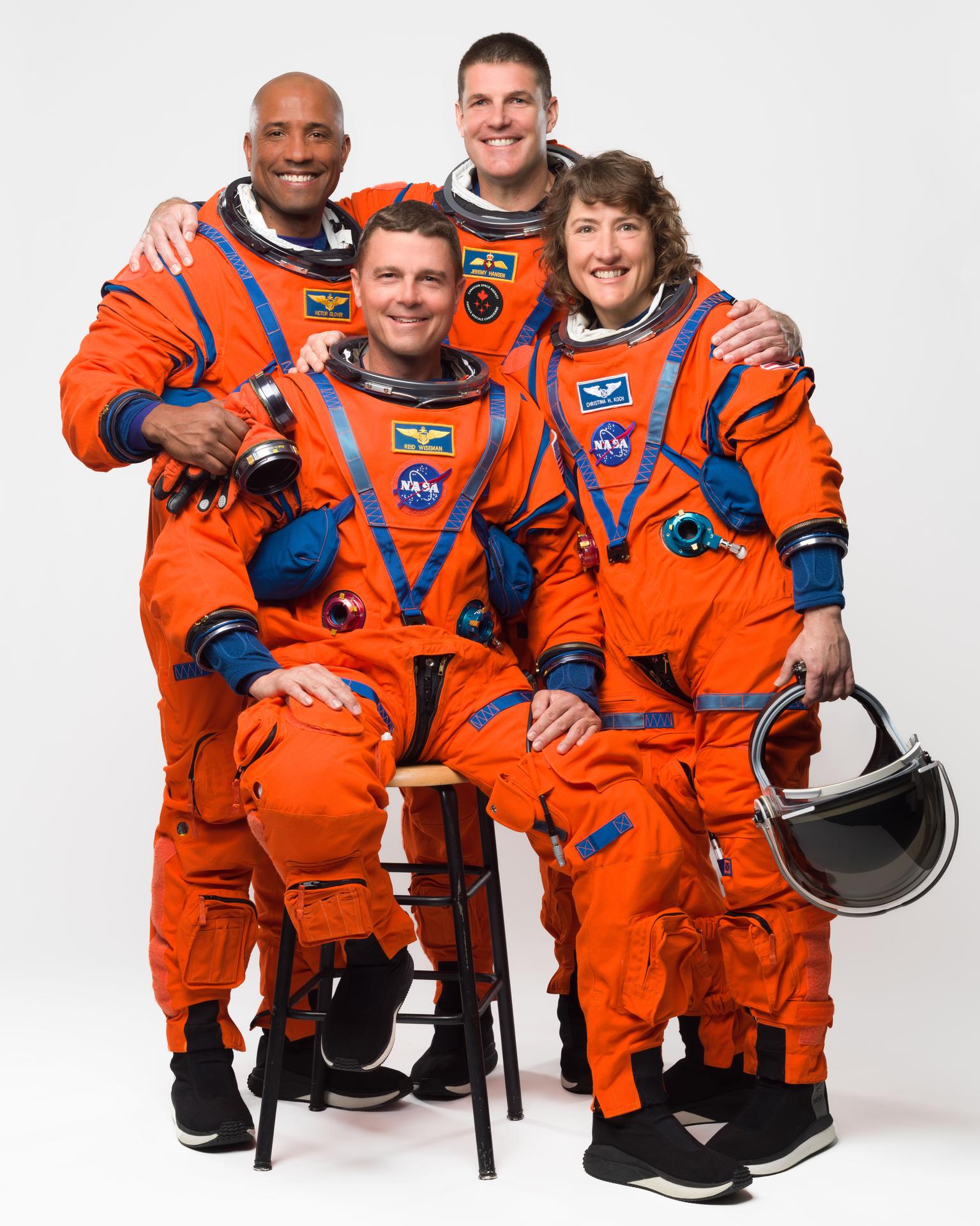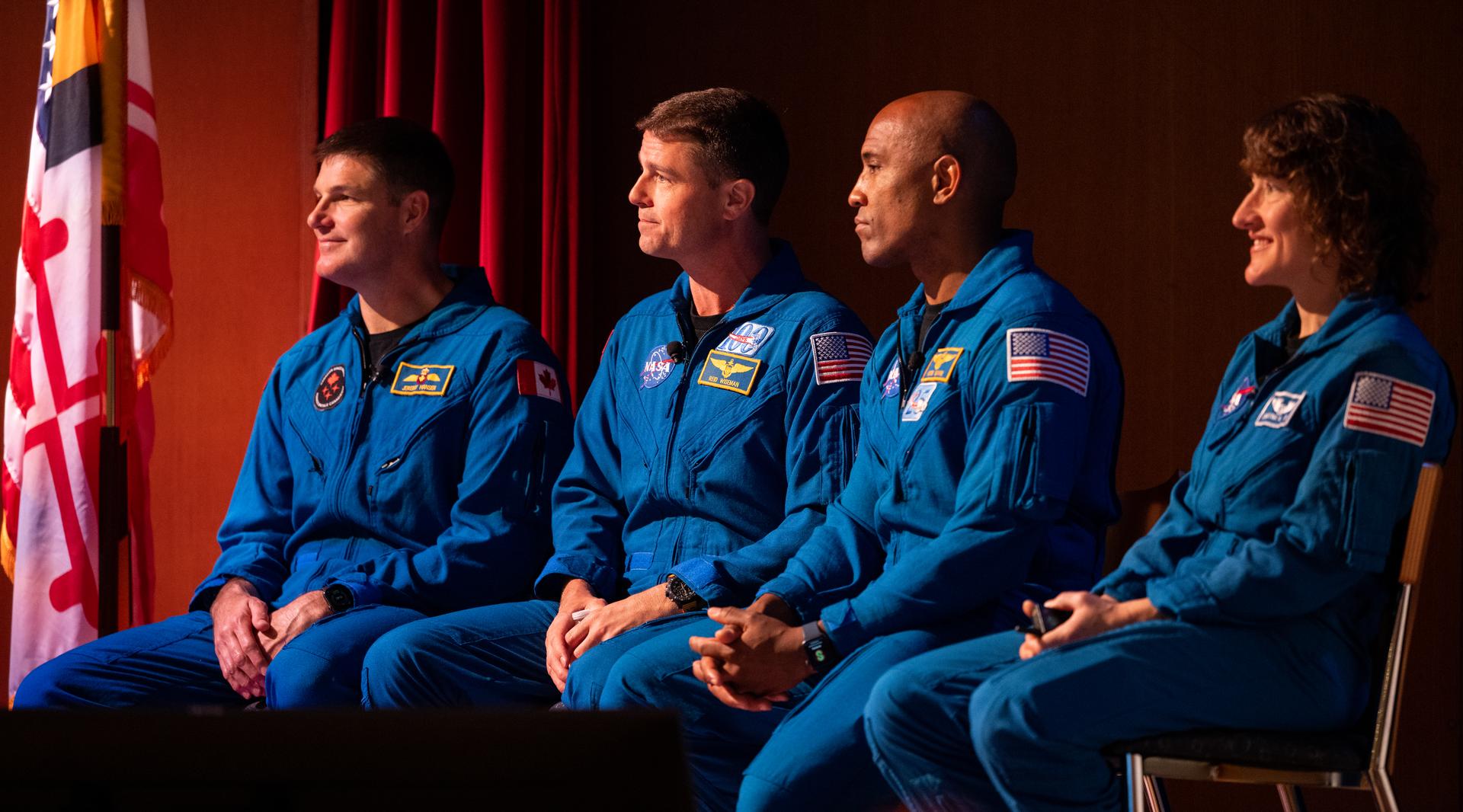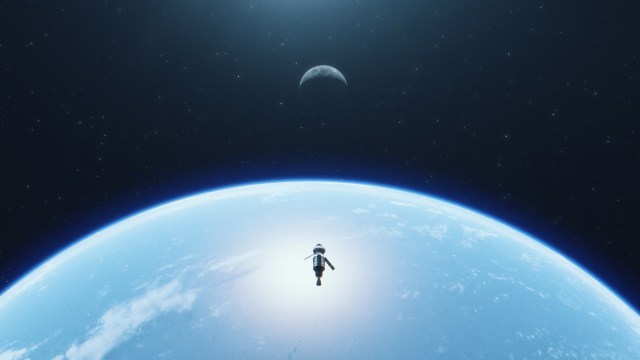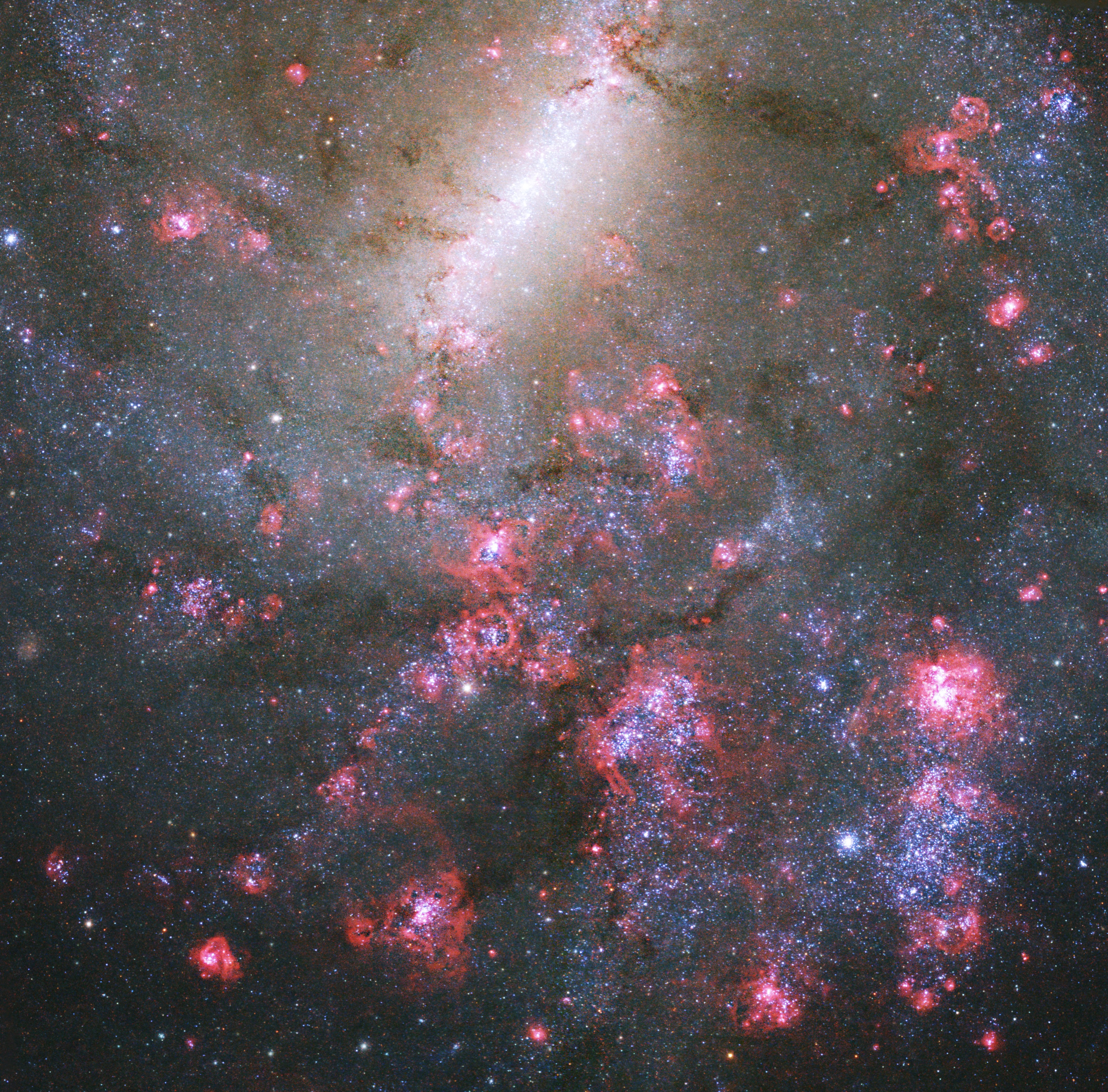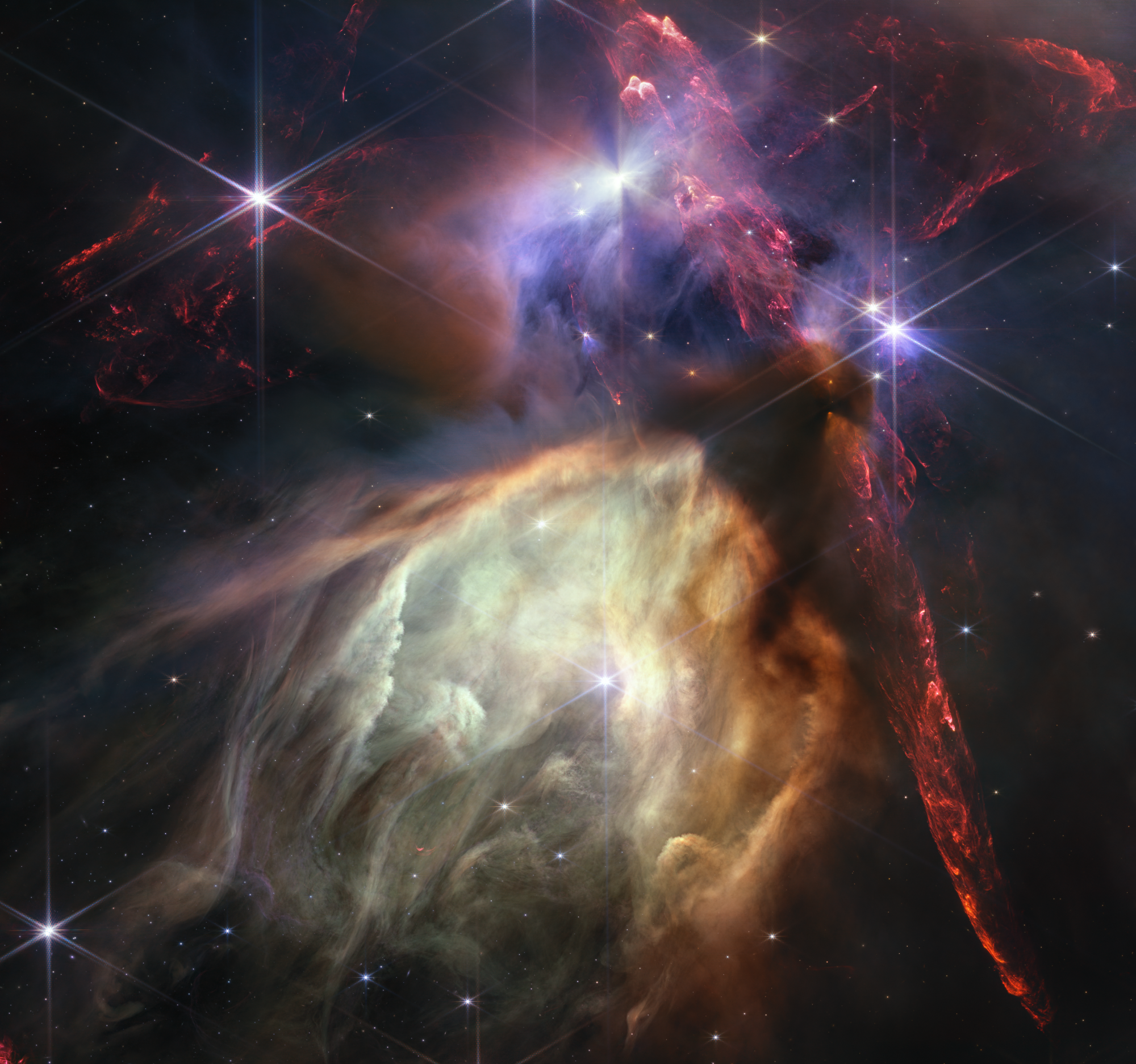Featured News

NASA Lucy Images Reveal Asteroid Dinkinesh to be Surprisingly Complex
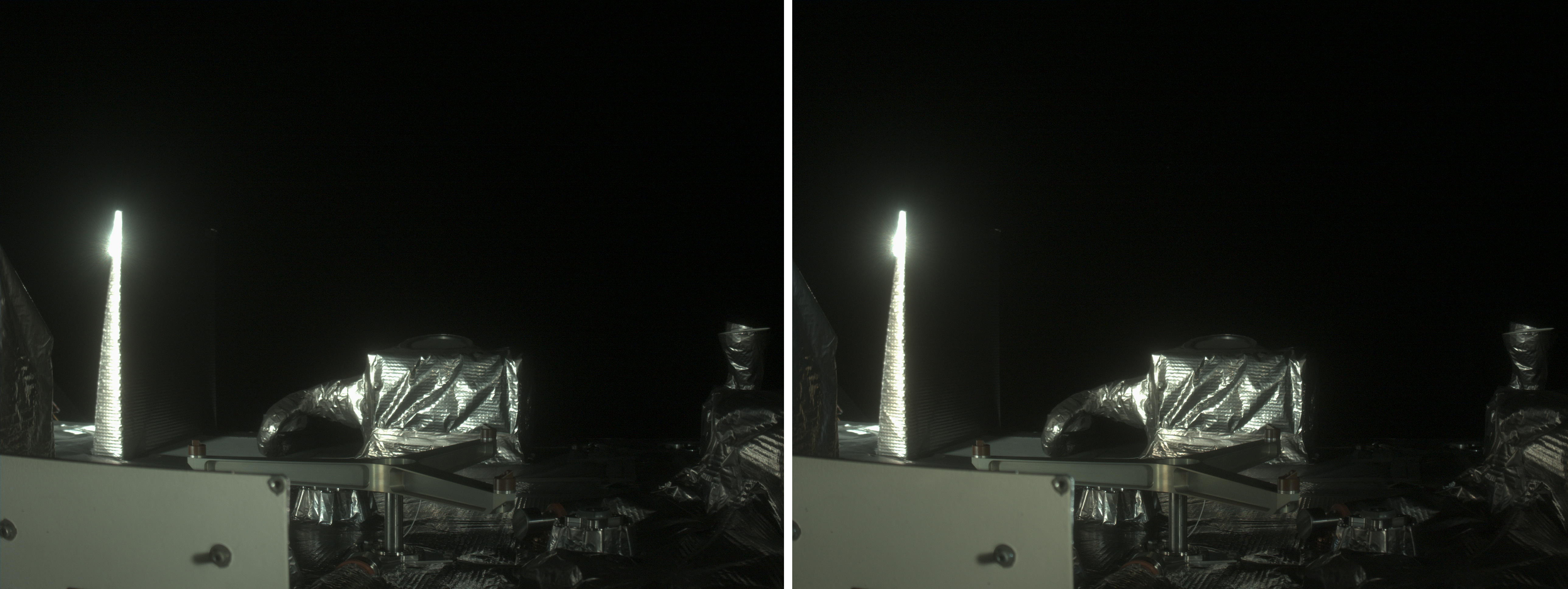
NASA’s OSIRIS-APEX Unscathed After Searing Pass of Sun
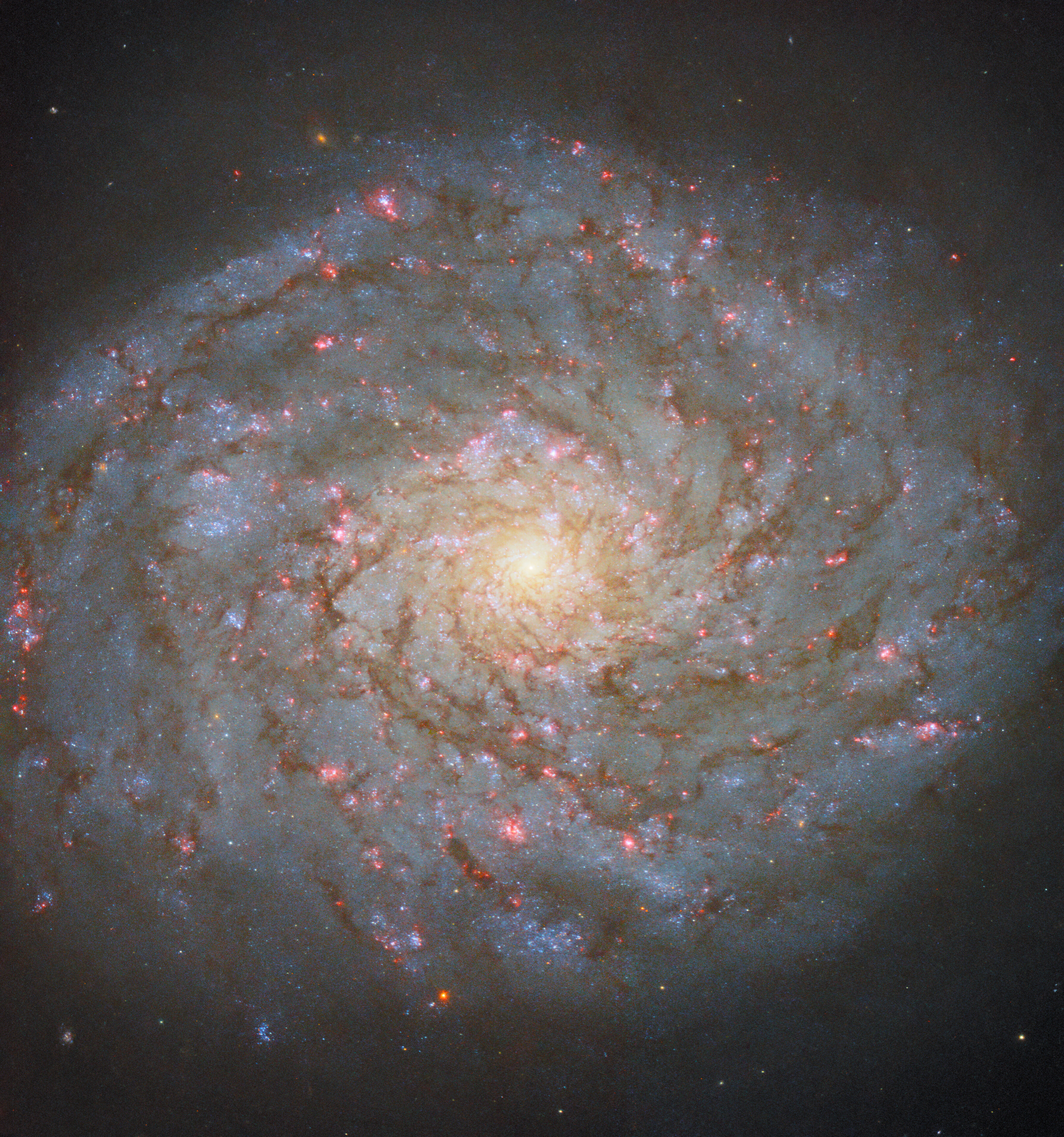
Hubble Captures a Bright Spiral in the Queen’s Hair
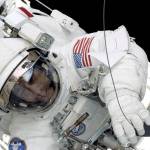
Asian-American and Native Hawaiian Pacific Islander Heritage Month
Measuring Moonquakes
The most sensitive instrument ever built to measure quakes and meteor strikes on other worlds is getting closer to its journey to the mysterious far side of the Moon.
Learn More about Measuring Moonquakes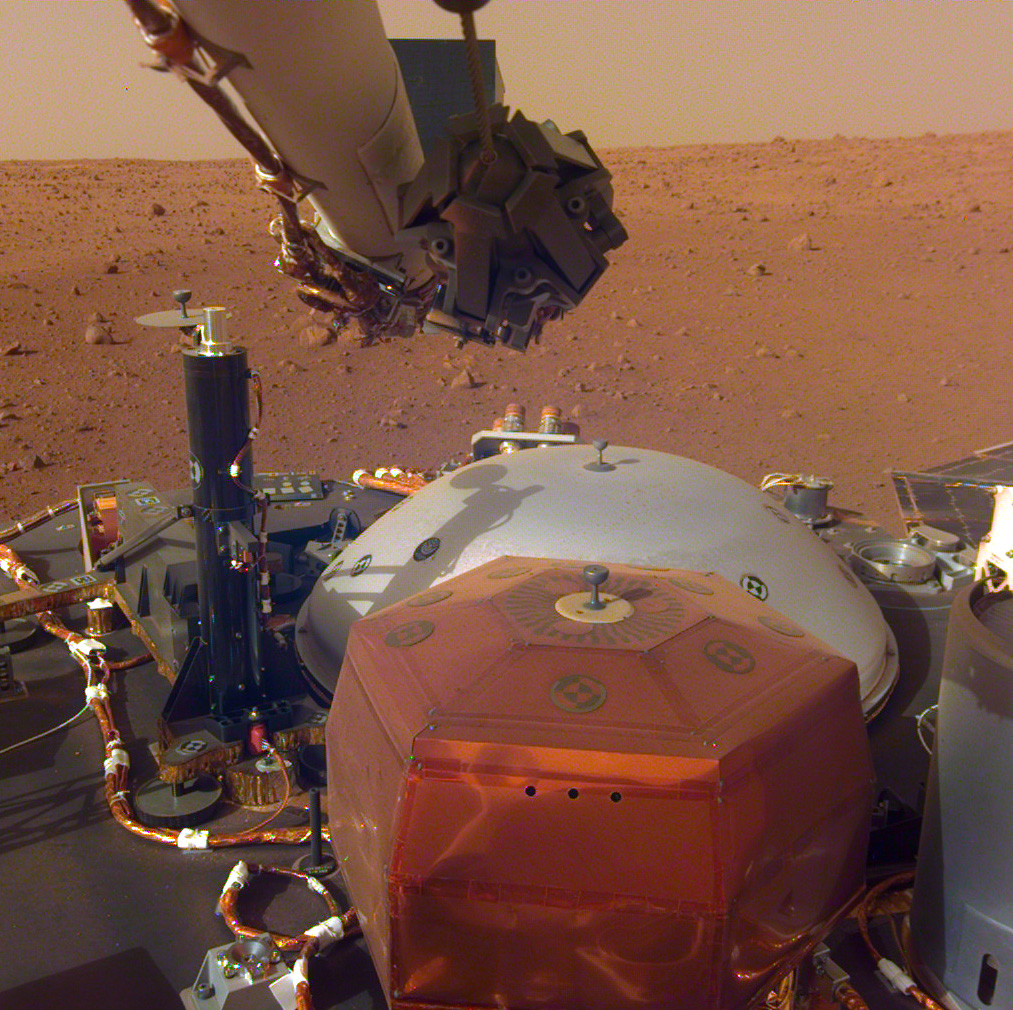
Our Solar System
Earth Information Center
For more than 50 years, NASA satellites have provided data on Earth's land, water, air, temperature, and climate. NASA's Earth Information Center allows visitors to see how our planet is changing in six key areas: sea level rise and coastal impacts, health and air quality, wildfires, greenhouse gases, sustainable energy, and agriculture.
Start Exploring about Earth Information Center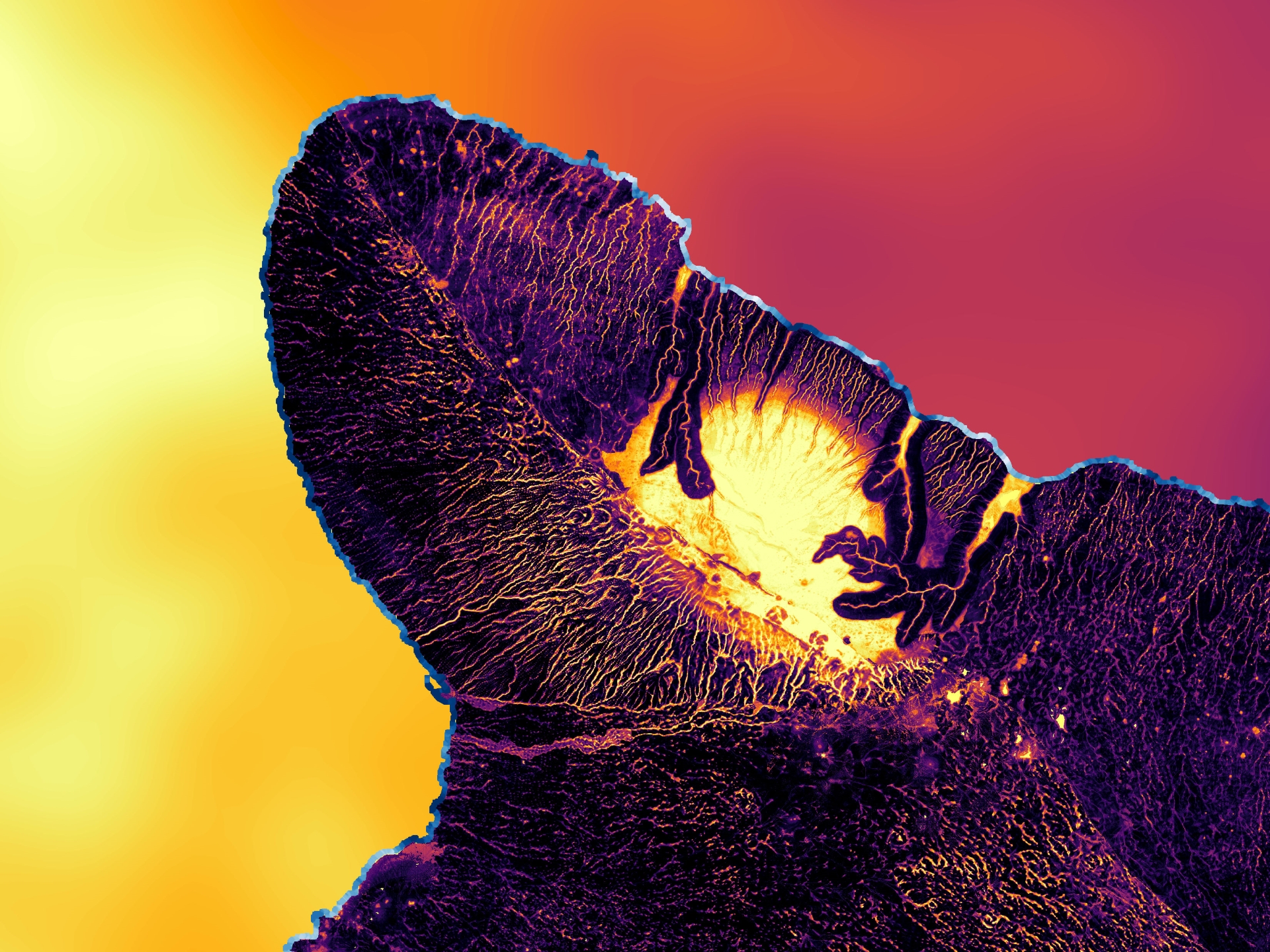
Today
Image Of The Day
Webb Spots a Starburst
Featured in this new image from the NASA/ESA/CSA James Webb Space Telescope is the dwarf galaxy NGC 4449. This galaxy, also known as Caldwell 21, resides roughly 12.5 million light-years away in the constellation Canes Venatici. NGC 4449 has been forming stars for several billion years, but it is currently experiencing a period of star formation at a much higher rate than in the past. Such unusually explosive and intense star formation activity is called a starburst and for that reason NGC 4449 is known as a starburst galaxy. Starbursts usually occur in the central regions of galaxies, but NGC 4449 displays more widespread star formation activity, and the very youngest stars are observed both in the nucleus and in streams surrounding the galaxy. It’s likely that the current widespread starburst was triggered by interaction or merging with a smaller companion; indeed, astronomers think NGC 4449’s star formation has been influenced by interactions with several of its neighbors.
More NASA Images
Explore the Universe from your Inbox
Stay up-to-date on the latest news from NASA–from Earth to the Moon, the Solar System and beyond.
We will never share your email address.
